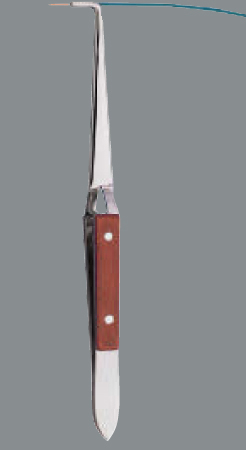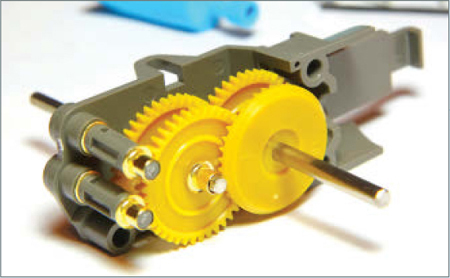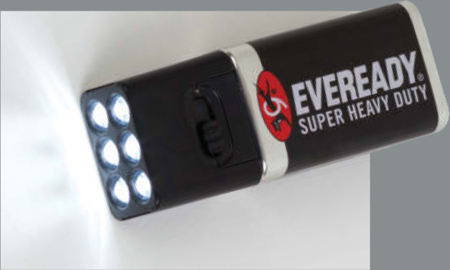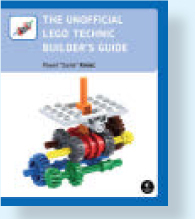TOOLBOX
BioLite Thermoelectric CampStove
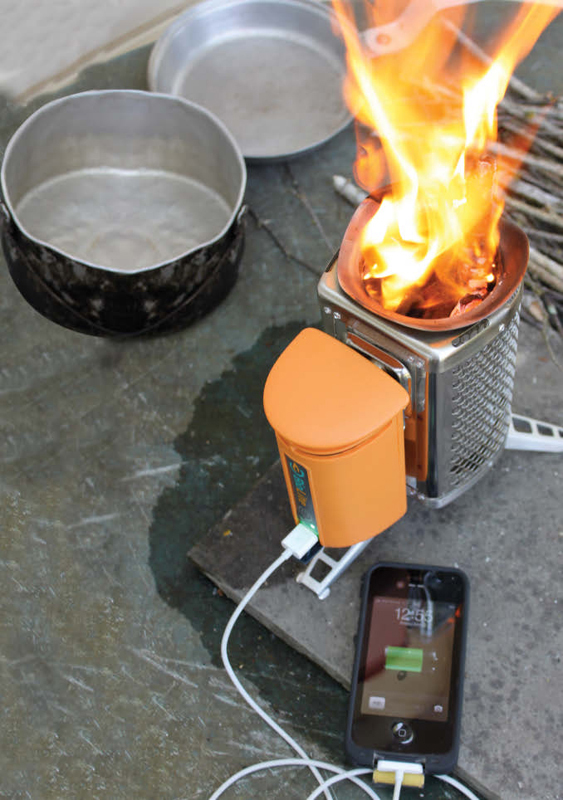
Keith Hammond
$130 biolitestove.com
» Twig stoves are handy and eco-friendly — you don’t haul fossil fuel, just collect sticks wherever you’re camped. They’re dirt cheap to make, but Brooklyn-based BioLite, a Kickstarter success story, has gone them one better. The BioLite CampStove is a fan-stoked rocket stove with a thermoelectric module that converts heat into electricity. It charges its own battery, and, via USB, charges your cellphone, GPS, headlamp, or other gadgets.
I tested the BioLite and was impressed. Power up the fan and your dry kindling will blaze up easily with a single match. A single charge of hardwood twigs boiled 1 liter of water in just over 4 minutes, comparable to gas canister and liquid-fuel stoves, and burned just long enough to boil 2 liters. Combustion is super efficient; there's a vortex of flame but virtually no smoke, and little ash.
After a third load of twigs, I got the green light for charging my iPhone; it charged tolerably fast (4W max power), but if you want a full charge you’ll have to feed the stove continually as a mini-campfire after dinner.
It’s heavier (2lbs+) than most backpacking stoves, but the weight cancels out if you’re leaving behind liquid fuel, fuel bottles, solar charging gear, and/or spare batteries. Overall it’s a great option for car, bike, and boat camping and longer backpacking trips. I plan to stash one in my vehicle, ready for impromptu overnighters or apocalypse bug-out.
—Keith Hammond
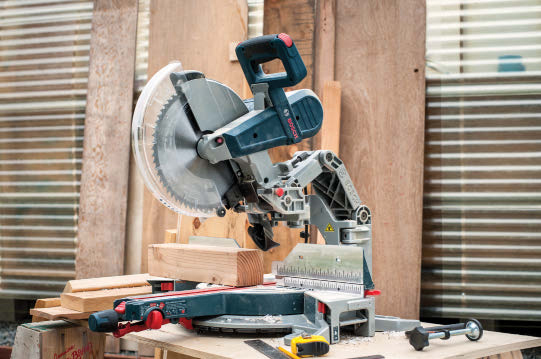
Gregory Hayes
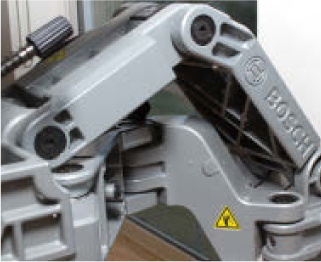
Bosch GCM12SD 12" Dual-Bevel Glide Miter Saw
This high-end, well-made, surprisingly quiet saw thoroughly exceeded my expectations in terms of agility, compactness, and ease of use. Its 12-inch blade is driven at 3800 RPM on a compound cutting arm that can accommodate straight cuts up to 6.5 inches thick and 12 inches deep. The base has extendable platforms for supporting long stock. It makes very short work of 4-inch PVC.
One of the great features of this saw is that it can move dramatically without taking up much space. The GCM12SD comes with an articulated arm, and can be backed up right against a wall without restricting front-to-back movement. The saw can bevel up to 47° in either direction, and simultaneously miter up to 52° left or 60° right. Even at full bevel and miter stops, it can still handle stock up to 4 inches thick and 12 inches deep.
The only major drawback is the price, which may be prohibitive for weekend projecteers. But anyone who uses a chop saw frequently will probably find that investing in a GCM12SD pays off pretty quickly. —Nick Parks
Drip-Well
Loctite Dispenser
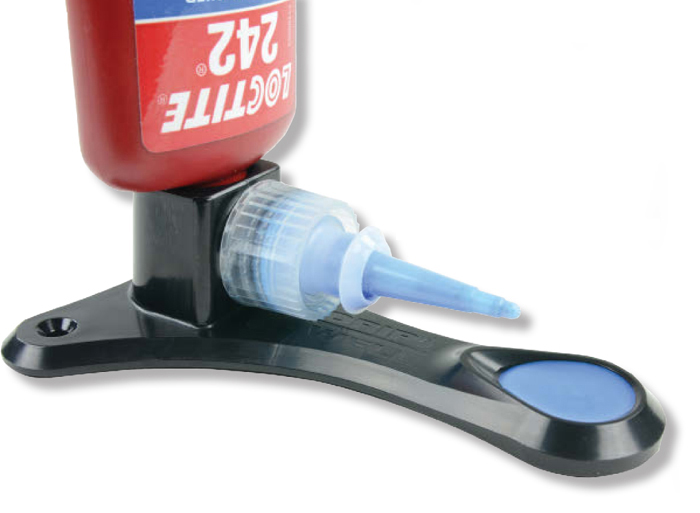
If you're a frequent user of thread-locking fluid, the Drip-Well is for you. Once the bottle and nozzle of your choice are in place, you can use it for one-time application by dripping the liquid directly onto a bolt, or for multiple applications by filling up the well. The base has two mounting holes so you can fasten it right to your workbench, preventing spills, and it’s made of tough tool-grade plastic.
The Drip-Well threads will fit many common dispenser bottles, but I couldn’t find one around the shop that had the correct nozzle length to actually reach the well. Nonetheless, it will get plenty of use with 50ml Loctite bottles, and I can save the long nozzles for possible future use with other liquids.
—EW
Liquid Image Explorer 304 Videocam
Dive Mask
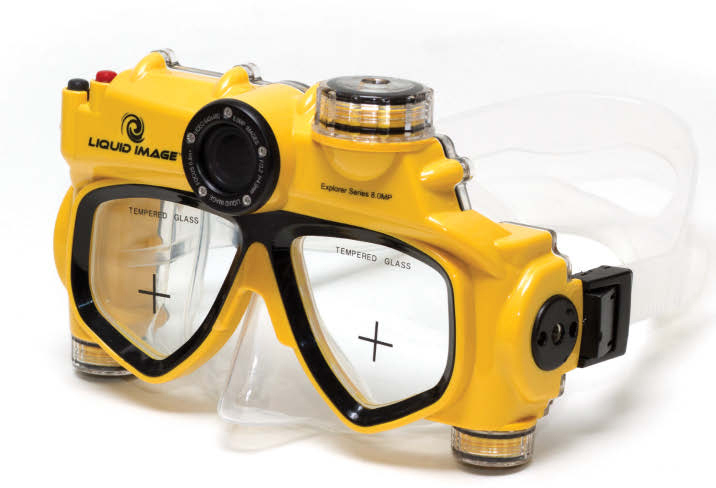
For inspecting your leaky submarine or snorkeling with the kids, here’s a handy toy. This mask’s built-in 8MP camera takes VGA video at up to 30 frames per second and accepts a microSD card up to 32GB for 20+ hours of video. It’s very easy to operate underwater, with just two big buttons (Still/Video/Off, and Shutter) and a simple status LED. Peripheral vision is blocked by battery compartments, and it’s not the smartest camera — above water, I found the image contrast varied greatly as my viewpoint bobbed between wave and sky. And it downloads its files very slowly via USB. But the advantages are obvious; no separate GoPro to fool with, no helmet mount needed, just grab your video mask and plunge in. This one’s rated to only 15 feet; for deeper dives and better images, consider the 12MP wide-angle Scuba series, rated to 130 feet, with HD 720P video for $200, or HD 1080P for $300.
—KH
SpareOne Emergency Mobile Phone

You just blew up your Galaxy attempting to video your rocket launch and you’re hurt. Your ROV’s adrift and your Nexus slipped overboard. Or, like me, your car’s dead and you cooked your iPhone senseless on the hot dashboard.
Call for help with this emergency GSM cellie, with or without your SIM card. It’s barebones — no screen! — but it runs on a lithium AA battery that’ll last 15 years unused (it provides 10 hours of talk time when in use), survives conditions other phones can’t (–22°F to 140°F), and automatically text-replies your friends telling them to phone you instead. And it’s unlocked, so you can buy prepaid SIMs too.
An upgrade, the SpareOne Plus, debuted at CES 2013 but hasn’t hit stores is said to include a location-tracking service and a waterproof, floatable bag that you can talk through.
—KH
Hauntbox Prop Controller
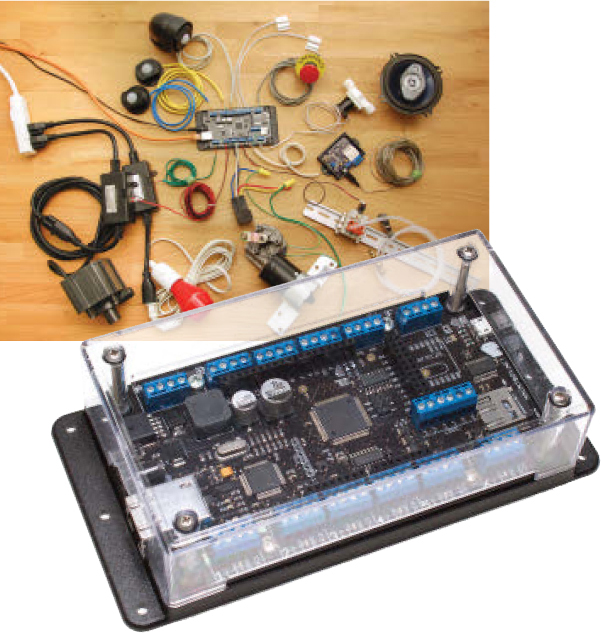
The easiest way to automate a haunted house is to bribe your friends to hide behind curtains and pull ropes all night. A slightly more complicated (and considerate) way is the Hauntbox “automation machine.” With screw terminals for six digital inputs like break-beam triggers and motion sensors, and six outputs at 5V, 12V, and 24V, you can trigger lights, motors, pneumatics, and all manner of mechanical hauntery. And with a PowerSwitch Tail, you can toggle a 120V AC outlet at will — making the Hauntbox the easiest method of home automation I’ve found.
The hardware’s open source; the dead-simple browser interface lets you program delays, durations, and the optional sound module from any device on your network; and an override tab gives you manual control. Fine-tune your haunt on-the-fly from your phone! Plus you get Arduino compatibility and most of the I/O pins of an Arduino Mega ADK. The barrier between the average Joe and a fully automated haunted house — or just smart house — just got beaten down a notch.
—Sam Freeman
BOOKS
Model Building with Brass

Brass is a versatile, friendly, fun material for small-scale machine and modeling work. Though brass enjoys wide use in steampunk, antique car, aircraft, marine, and (especially) railroad modeling, no full-length books had been written about it before this title came along in 2012.
Foran is a retired industrial designer and life-long model builder, and the stunning photographs of his work add significant value as inspirational eye candy. The technical content is also rich and fairly deep. After the predictable front matter — details of the material, various common tools, and rudimentary techniques — chapters cover fabricating parts from stock shapes, incorporating other metals like copper, using tabletop machine tools, and chemical processes like cleaning, plating, and etching.
Though the photos are consistently excellent, their relationship to the text is often haphazard, and the text itself clunky. However, the instructional value of this information, together with the inspirational value of the photos, more than make up for these minor annoyances.
—SMR

The Prop Building Guidebook: For Theatre, Film, and TV
$40 Focal Press
Want to build a haunted house from the ground up? Start with this dense book. And maybe finish with it, too. Yes, it teaches how to make props and scenery, but making a good fake often takes more knowledge than making the real thing.
In a personable, informative style, Hart gives you the full rundown, from basic to advanced techniques across a spectrum of disciplines, supported by excellent tutorial photos as well as theatrical eye-candy shots. Chapters cover safety, shop tools, joining, measuring, materials, sculpture, finishing, and more with rich detail and sparkling clarity. The heavy-duty comb binding is a thoughtful touch. Hart’s book makes a valuable shop companion for makers of all types and skill levels.
—Gregory Hayes

Daily Rituals: How Artists Work
$24 Alfred A. Knopf
Begun as a blog series by writer and editor Mason Currey, Daily Rituals collects hundreds of short glimpses into the creative processes of notable authors, painters, inventors, composers, and others. Punctuated throughout by pithy quotes, the profiles introduce you to those whose work determines their lifestyle (and sometimes the lifestyle of everyone around them), and to those whose lifestyle seems to barely allow for their work. They describe habits dictated by poverty and schedules seemingly overflowing with day-today obligations. They reveal personal tricks for courting the muse and coping with writer’s block and other demons. Even if they don’t inspire you in your own rituals, the book’s bite-sized sketches make for a fun, fast, interesting read.
—GH
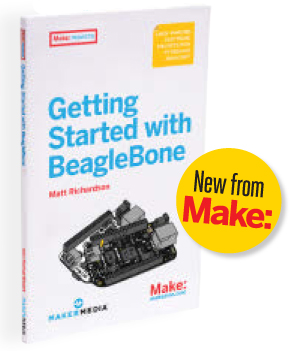
Getting Started with BeagleBone
$10-15 Maker Media
Many makers love microcontroller platforms like Arduino, but as the complexity of their projects increases, they find themselves needing more power for applications like computer vision. The BeagleBone is an embedded Linux board designed for these makers. It’s got built-in networking, plenty of inputs and outputs, and a fast processor to handle demanding tasks. This book introduces both the original BeagleBone and the new BeagleBone Black, and gets you started with projects that take advantage of the boards’ enhanced processing power and improved abilities to interface with the outside world.

